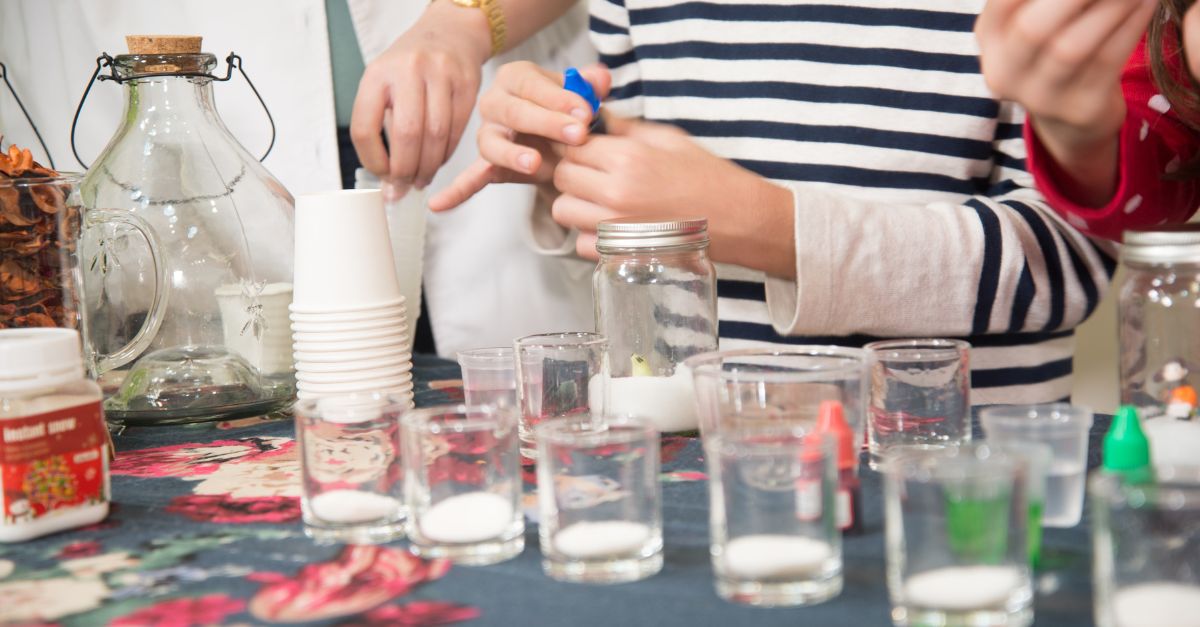
Science is all around us, just waiting to be discovered, and you don’t need a formal classroom or fancy equipment to spark curiosity for it in young kids. With a few household items and some creativity, you can teach these four scientific principles at home.
1. Tensile and Compressive Forces
It may sound like a complicated concept, but it’s actually quite simple to demonstrate tensile and compressive forces at home. Tensile forces pull objects apart, while compressive forces push them together.
One way to teach this is by gathering some spaghetti and marshmallows and asking your child to build a small tower using them. The marshmallows will compress as they bear the weight of the spaghetti while the spaghetti strands experience tension. With this easy activity, you can teach kids about structural integrity and how engineers use these forces to construct bridges, skyscrapers, and more.
2. Gravity
Gravity is the invisible force pulling objects toward the center of the Earth, and it affects everything around us. To demonstrate this concept, drop objects of different weights from the same height, and observe how they reach the ground at the same time. This shows that gravity acts uniformly, regardless of mass, providing a simple yet fascinating introduction to one of nature’s fundamental forces.
3. Density
Fill a clear container with water and add a coin, a piece of wood, and a plastic toy. Observe how some objects float while others sink, and explain that this is due to their density compared to water.
If you want to make this into a more colorful and engaging experiment, take it a step further by layering oil, water, and honey to demonstrate how substances of different densities interact. For extra fun, add small objects such as thimbles or grapes, and predict whether they’ll sink or float.
4. Air Pressure
Pour hot water into an open plastic water bottle. Then, attach a balloon to the mouth of the water bottle, and observe how the balloon inflates without anyone blowing into it.
This happens because the hot water heats the air inside the bottle, increasing the air pressure and causing it to expand into the balloon. Your kids will love this simple and fascinating demonstration on the effects of temperature and air pressure.
Teaching science at home doesn’t need to be overwhelming. Now that you’re familiar with these four scientific principles you can teach at home, you can help your little ones understand the various forces shaping the world around them.

Sam Hopes is a 37-year-old mom of two living in Portland, Oregon. She works as a freelance graphic designer and part-time yoga instructor, juggling creative projects with playdates and PTA emails. Known for her warm personality and dry humor, Sam loves hiking in Forest Park, thrifting on Mississippi Avenue, and weekend visits to OMSI with her kids, Ella and Milo. She’s the kind of parent who forgets sunscreen but always remembers snacks—and a good laugh.
